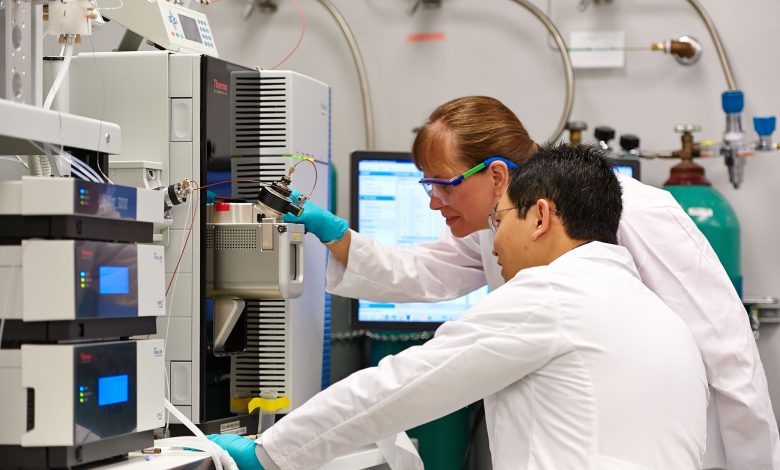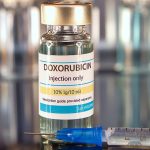Next-Generation Sequencing Market Set to Grow by USD 3.41 Billion from 2022 to 2027 at a CAGR of 12.45% – Technavio

According to a recent market study by Technavio, the Next-Generation Sequencing (NGS) market is anticipated to witness significant growth, with a forecasted increase of USD 3,409.76 million from 2022 to 2027, driven by a Compound Annual Growth Rate (CAGR) of 12.45%. This growth is attributed to the heightened utilization of NGS methods, a growing demand for early diagnosis of genetic disorders, and the availability of a wide range of NGS products.
Technavio has conducted an extensive analysis of 15 major vendors in the NGS market, including industry players such as 10X Genomics Inc., Illumina Inc., Thermo Fisher Scientific Inc., and more. The report also covers market and segment sizes for a historical period of five years (2017-2021).
Key Takeaways for Industry Players and Stakeholders
The report provides insights into vendor inputs, competitive landscape analysis, and vendor product offerings, aiding industry players in making informed decisions.
It offers a qualitative and quantitative analysis of vendors, categorizing them as pure play, category-focused, industry-focused, and diversified. Vendors are also classified as dominant, leading, strong, tentative, or weak.
The report assists industry players in expanding their operations by providing crucial details about the NGS market’s future.
Next-Generation Sequencing Market – Segmentation Assessment
The market is segmented by end-user (academic research, clinical research, pharma & biotech companies, and others), product (consumables and equipment), and geography (North America, Europe, Asia, and the Rest of the World).
The academic research segment is expected to witness significant growth during the forecast period, as academic research institutions, including universities and research institutions, widely use NGS technologies for various applications. Factors driving the adoption of NGS technology in this segment include the declining cost of sequencing, the availability of user-friendly software and analytical tools, and the growing demand for personalized and precision medicine.
Next-Generation Sequencing Market – Market Dynamics
Key Drivers
• Increased utilization of NGS methods: The various benefits of NGS, such as cost reduction, high processing speed, and the ability to generate a large number of sequences with numerous research applications, are driving market growth. Many vendors now offer reliable genetic testing services and products using NGS, further increasing demand.
• Growing demand for early diagnosis of genetic disorders: NGS techniques are increasingly used for the detection of viral genome sequencing and monitoring of drug-resistance mutations, boosting demand for NGS technology.
Major Trends
• Reduced costs of gene sequencing: Advances in gene sequencing techniques have significantly reduced the cost and time required for testing, making services more accessible and affordable to a broader range of people.
Significant Challenges
• Lack of clinical validation on direct-to-consumer genetic tests: Concerns about the clinical validity of genetic tests sold directly to consumers have raised questions, impacting the commercialization of predisposition tests. The complexity and potential inaccuracy of the results have also hindered consumer interpretation.
For a more in-depth understanding of the Next-Generation Sequencing Market, including a full overview of market dynamics, please refer to the complete Technavio report.





